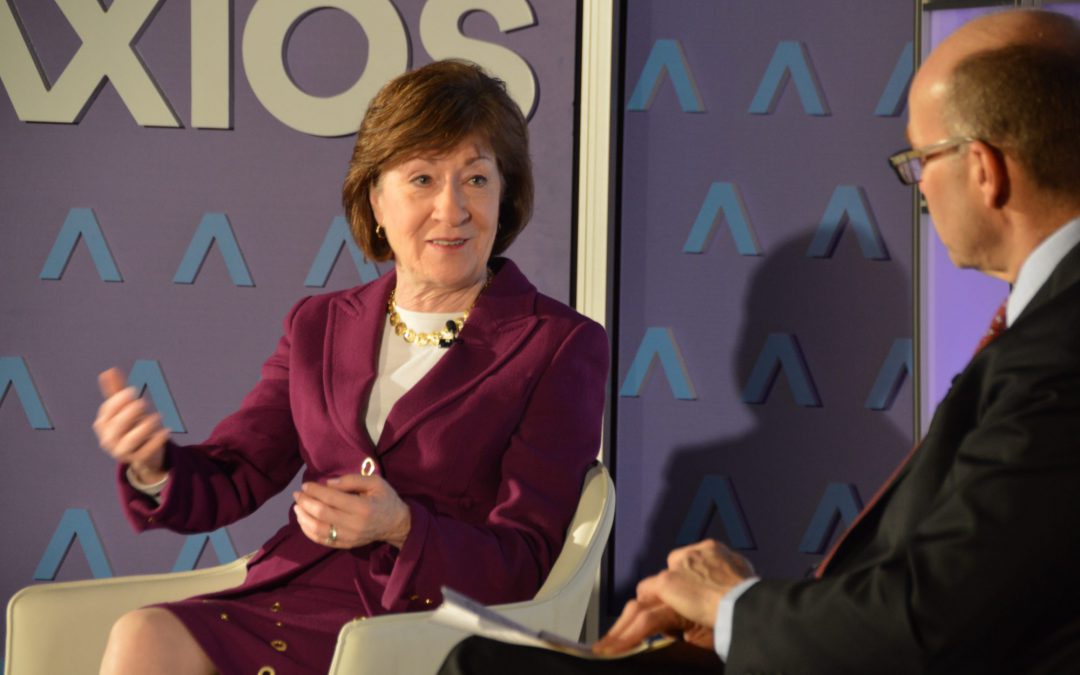WASHINGTON — Frontline nurses faced challenges including understaffing, burnout and underappreciation, driving thousands to quit their jobs during the pandemic, several experts told members of Congress on Thursday.
A McKinsey report from May found that by 2025, the U.S. could be short up to 450,000 nurses. But several leaders from academic medical program leaders told the Senate Committee on Health, Education, Labor and Pensions that government support can help increase the number of nursing school educators and improve access to nurses in rural communities.
“Our country is perilously short of nurses, and those we do have are often not working in the settings that provide the most value,” said Sarah Szanton, dean of the Johns Hopkins University School of Nursing. “Nurses are often considered the oxygen of any health care setting, so as a country we need people to become new nurses and we need to retain current nurses.”
Szanton said the average age for nurses across the country is 54. About 19% of all working nurses are 65 or older. She said the aging profession becomes more concerning as the overall population also ages and starts to come down with more chronic conditions.
The current nursing shortage is also a nursing faculty shortage, and Szanton said the nation needs about 2,100 more educators. They also should be paid equal to their clinical counterparts to help retain them, she added.
Sen. Susan Collins (R-Maine) said that in 2021, almost 92,000 applicants for baccalaureate and graduate nursing programs were turned away primarily because of faculty shortages. The University of Maine had 1,239 applications for 80 slots in their nursing program this year.
“I think there’s this misperception that people don’t want to become nurses, when in fact, we have a ton of applicants from people who do want to enter the field of nursing but we don’t have the professors to teach them,” Collins said.
James Herbert, the president of the University of New England, said his university has increased the number of nurses it has trained by 300% in the past 10 years. He said his institution is working in conjunction with Maine Health to use the nurses on site as training for their students. His university provides professional development and support to help the nurses teach, both improving the nurse’s skills and enriching students.
Sen. Maggie Hassan (D-N.H.) said one of the challenges she’s noticed about nursing shortages is retention. While training is “essential,” she said she wanted to know what would motivate students to serve rural areas.
Herbert said colleges need to attract students from rural areas who are more likely to go back to their hometowns or other rural communities and work. During training, he said placing students in rural clinical sites has also helped, and many have enjoyed the work. But he said one of the most important factors is creating a scholarship or loan repayment program in the rural area, and he said Congress could help with that.
“There needs to be an incentive because if you are looking at a big debt that you need to pay off and there’s a major hospital in Boston that will give you X additional salary, even if we don’t make up the entire amount we have to incentivize to work in the rural areas,” Herbert said.
Sen. Robert Marshall (R-Kan.) said he came back to practice medicine in a rural community because he received a scholarship. He said there’s been a nursing shortage in rural America for at least 20 years, and that he’s faced challenges trying to recruit them to run hospitals in the area.
He proposed community college programs as an additional solution to the problem in rural communities.
“Those folks are typically from a small town, they’re going to go to that small town community college, they’re more likely to stay in that small town,” Marshall said. “As we think about going forward, I hope we can come back and talk to the community college’s nursing programs a little more about what we can do to accentuate them.”



